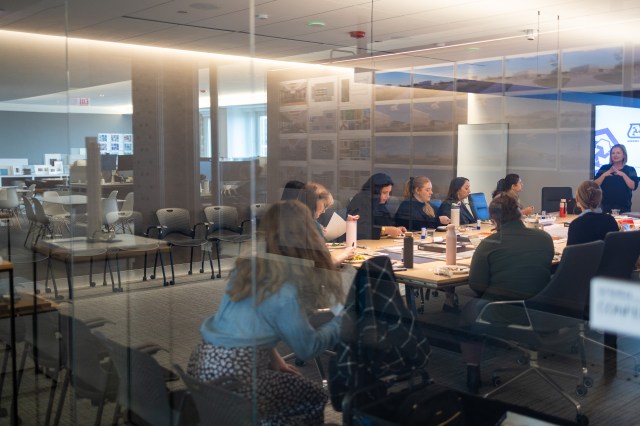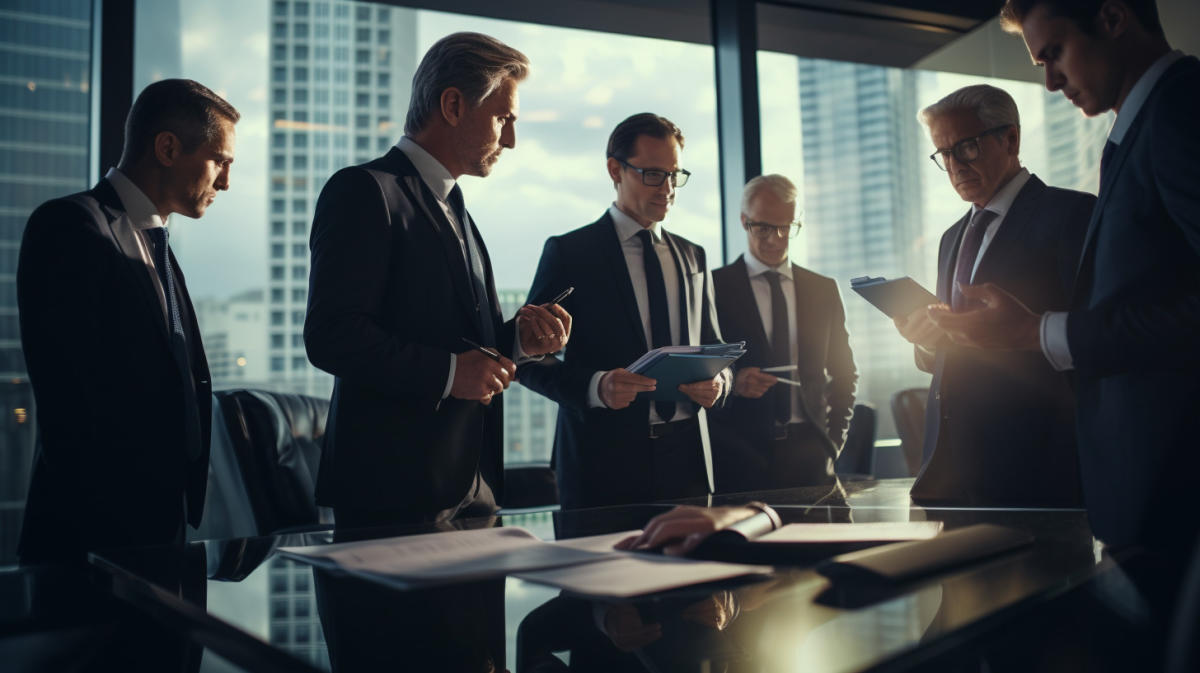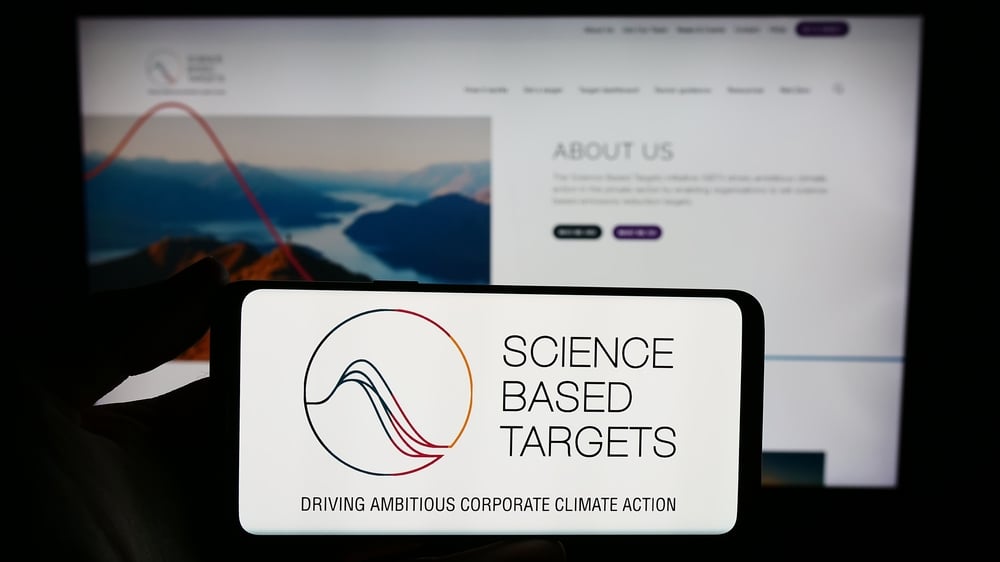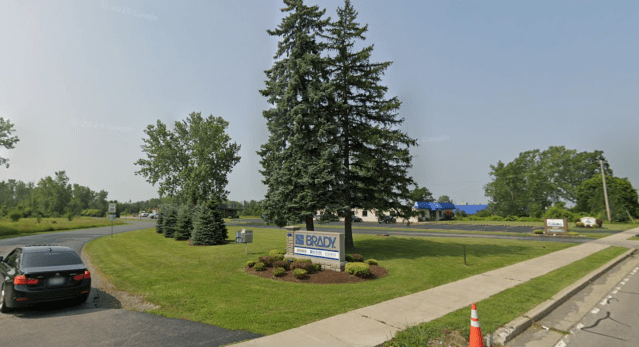Companies
2025-04-21 10:00:32
Content

The commercial real estate landscape is experiencing a remarkable transformation five years after the Covid-19 pandemic dramatically disrupted market dynamics. Companies are now eagerly signing new leases with renewed confidence, signaling a robust recovery in the business sector.
What's particularly noteworthy is the emerging trend of businesses not just returning to the market, but actively seeking upgraded and modernized spaces. These organizations are reimagining their workplace environments, prioritizing flexible layouts, advanced technological infrastructure, and more collaborative work settings that reflect the evolving post-pandemic professional landscape.
The accelerated lease-signing pace suggests a growing optimism among businesses, who are strategically positioning themselves for future growth and adaptability. From tech startups to established corporations, companies are viewing premium office spaces as critical investments in their organizational success and employee experience.
This resurgence represents more than just a return to pre-pandemic norms—it's a dynamic reimagining of how and where work happens, driven by lessons learned during the unprecedented challenges of recent years.
Urban Workspace Revolution: The Post-Pandemic Office Landscape Transformation
In the wake of a global pandemic that fundamentally reshaped workplace dynamics, commercial real estate is experiencing an unprecedented metamorphosis. The traditional office environment has been challenged, reimagined, and is now emerging with renewed vigor and strategic adaptability that reflects the complex needs of modern businesses and workforce expectations.
Navigating the Future of Corporate Real Estate Strategies
The Resilient Commercial Real Estate Market
The commercial real estate sector has demonstrated remarkable resilience in the face of unprecedented disruption. After years of uncertainty triggered by widespread remote work mandates, companies are now strategically reassessing their spatial requirements. This recalibration isn't merely about returning to pre-pandemic configurations but represents a sophisticated reimagining of workspace functionality.
Sophisticated organizations are approaching office leasing with nuanced perspectives, recognizing that physical environments must now serve multiple strategic purposes. They're no longer viewing office spaces as static locations but as dynamic ecosystems designed to foster collaboration, innovation, and employee engagement.
Technological Integration and Workspace Design
Modern office configurations are increasingly incorporating cutting-edge technological infrastructures that support hybrid work models. Companies are investing heavily in flexible design principles that accommodate both in-person and remote collaboration, creating adaptable environments that can seamlessly transition between different work modes.
Advanced architectural strategies now prioritize modular layouts, integrated digital communication platforms, and ergonomic design elements that enhance productivity and employee well-being. These transformative approaches reflect a holistic understanding that workspace design directly influences organizational performance and talent retention.
Economic Implications and Market Dynamics
The commercial real estate market is experiencing a complex recalibration driven by multifaceted economic factors. While some sectors experienced significant contraction during the pandemic, others are witnessing unprecedented growth and innovation. Emerging trends indicate a shift towards premium, technologically advanced office spaces that offer superior amenities and flexible lease structures.
Economic analysts suggest that this transformation represents more than a temporary adjustment—it signals a fundamental restructuring of how businesses conceptualize workplace environments. Companies are now making strategic investments that balance cost-effectiveness with employee experience, recognizing that physical workspace is a critical component of organizational culture and competitive advantage.
Sustainability and Future-Proofing Workspace Strategies
Environmental consciousness is becoming increasingly central to office space development. Forward-thinking organizations are prioritizing sustainable design principles, incorporating green technologies, energy-efficient systems, and wellness-oriented architectural elements that reduce carbon footprints while enhancing employee productivity.
These holistic approaches extend beyond mere environmental considerations, representing a comprehensive strategy that aligns organizational values with physical infrastructure. By investing in sustainable, adaptable workspaces, companies are positioning themselves as progressive employers capable of attracting top-tier talent in an increasingly competitive global marketplace.
Psychological and Cultural Dimensions of Workspace Evolution
The pandemic has accelerated a profound psychological shift in how employees perceive and interact with professional environments. Organizations are now required to create spaces that not only facilitate work but also support mental health, foster community, and provide meaningful human connections.
This nuanced approach recognizes that workspace design is fundamentally about creating experiences that transcend traditional transactional models. By developing environments that prioritize employee well-being, flexibility, and collaborative potential, companies are redefining the very essence of corporate culture and professional interaction.









